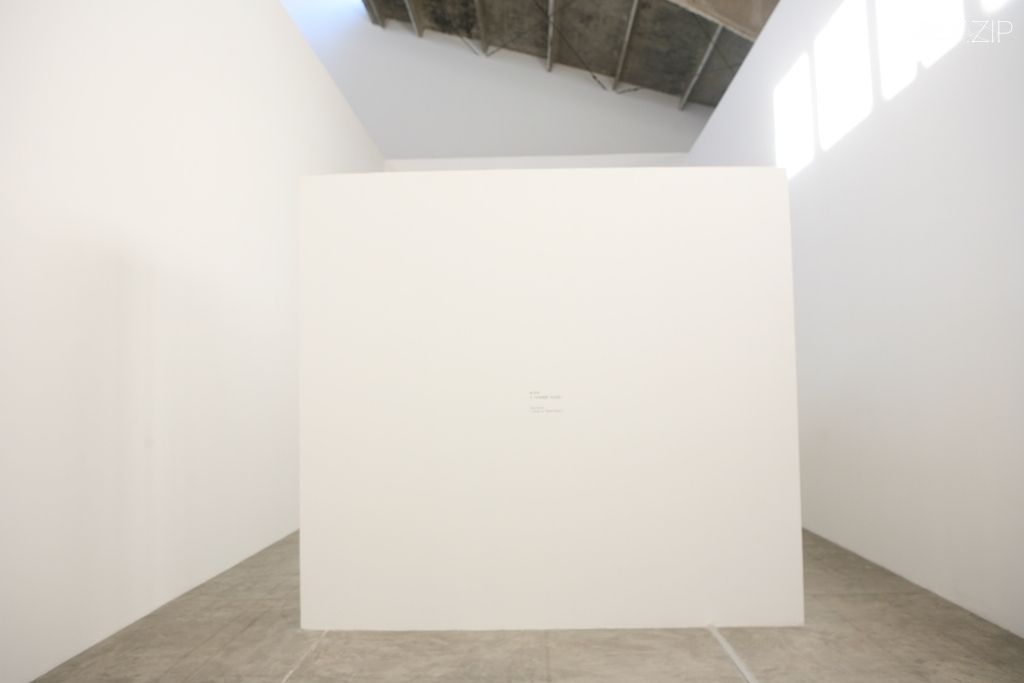
“China doesn’t have a rooted curatorial tradition. We don’t have the traditional art foundations and donations. In art institutions, which in China have only been around a couple of years, there is still some trouble reconciling the work between that of the curator and that of the management department. On the other hand, the development of Chinese art curation is very fast and promises a lot of chances. It can be odd, irregular, without many restrictions or taboos—breaking boundaries, which is actually a good thing.” — Qiu Zhijie, artist curator
“中國沒有一個根深蒂固的策展傳統,我們沒有傳統的藝術基金和捐贈機構。藝術機構在中國也僅僅只存在了那麼幾年的時間,策展人和展館管理部門難以相互協調各自的工作。然而中國藝術策展的飛速發展帶來了許多機遇,雖然這些所帶來的發展看起來奇形怪狀,毫無規律,也沒有太多的限制和禁忌,打破了所謂的條條框框的規定,這實際上是一件好事。”──邱志傑,藝術家策展人
In this section artist curators who work internationally will describe their own situations. It should be noted that those interviewed are not working in the commercial sector with private galleries and museums and the projects described are ‘not for profit’ collaborations.
For many Western practitioners (in all fields) the most striking feature of the Chinese art scene is the way in which everything seems to be organised not just at the last minute, but actually well after the last minute has passed. The speed at which things are organized, is both admirable on the one hand but borderline mad on the other, advance planning and preparation often has to be jettisoned in favour of improvisation.
Equally many artist curators like Brendan Jamison are concerned about the narrowness and ‘cliquishness’ of local art galleries and organizations which make it difficult for artists to develop an international practice and a more diverse network. No matter how difficult it can be to work internationally, the very act of travelling to another place, leaving one’s comfort zone is a valuable way of developing and maturing for artist curators.
The major challenges when curating exhibitions internationally remain those of:
- logistics i.e. freight in particular
- funding – most countries concentrate on funding projects within their own national boundaries
- different expectations of local partners
- lack of reciprocity often caused by unequal funding opportunities
在這一章節,活躍於世界各地的藝術策展人將談談他們各自的情況。在此需要指明,這次被訪問的策展人他們並沒有在私人畫廊和博物館做商業上的工作,而且他們所講述的合作項目也不以盈利為目的。
對於各個領域的許多西方藝術工作者,他們對中國藝術領域的作風體會最深刻的是一切工作的安排都是在項目舉辦的前一刻作倉促的計劃,甚至逾期才作準備。一方面他們很敬佩中國的組織速度,但同時卻覺得不可思議,往往因為突發的改變將前期的計劃和準備抹得一乾二淨。
同時,許多藝術家策展人,如布伦丹·贾米森(Brendan Jamison),擔心本土藝術畫廊和機構的狹隘和目光短淺使藝術家難以邁向世界發展,並且阻礙他們進入一個更多元化的領域。無論在國際上展露拳腳是多麼艱難的一件事,能夠挑戰自己,離開自身的舒適環境去到另外一個陌生的地域作探索,這對於藝術家策展人的發展和成長是彌足寶貴的。
國際策展面臨的挑戰因素:
- 物流貨運
- 資金--大多數國家只限於資助本土境內項目
- 當地合作夥伴的期望差異
- 由於不均的資金投入所引起的互惠參差

